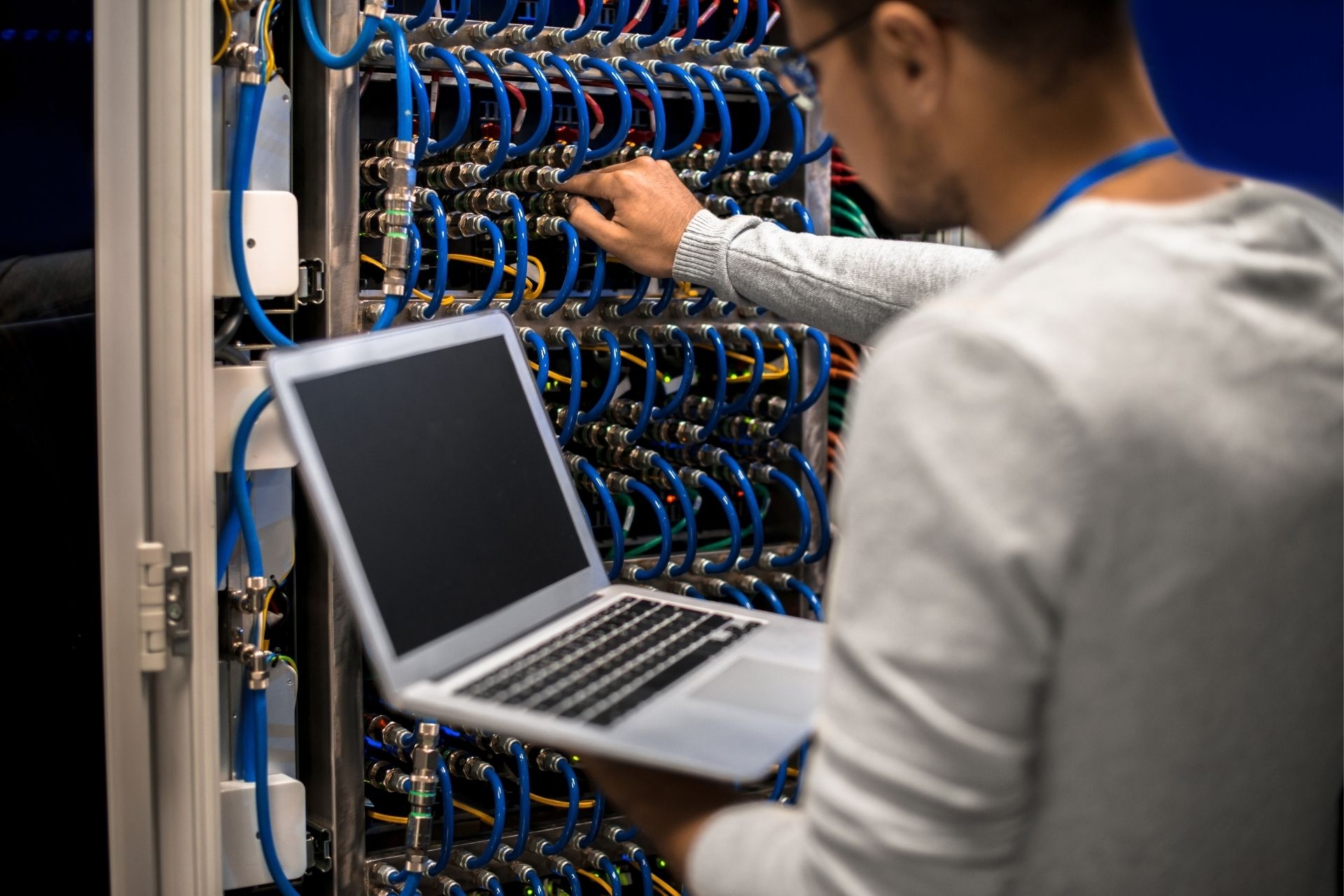Distributed Denial of Service (DDoS) Mitigation Services
How do DDoS mitigation services detect and block malicious traffic targeting a specific website?
DDoS mitigation services employ a variety of techniques to detect and block malicious traffic targeting a specific website. These services often use advanced algorithms and machine learning to analyze incoming traffic patterns in real-time. By monitoring factors such as traffic volume, source IP addresses, and request rates, DDoS mitigation services can identify and filter out suspicious traffic that may be part of a DDoS attack. Additionally, these services may utilize IP reputation databases and blacklists to block known malicious IP addresses.



